● Author = Mel Gordon
● Title = ‘Theatre of Fear and Horror: The Grisly Spectacle of the Grand Guignol of Paris 1897-1962’
● Publisher = Feral House
● Released = 2016 (Original edition released in 1988)
● ISBN = 978-1-62731-031-4
● Retail price = USD $24.95
● Pages = 220 (with black and white illustrations, and several coloured gloss pages)
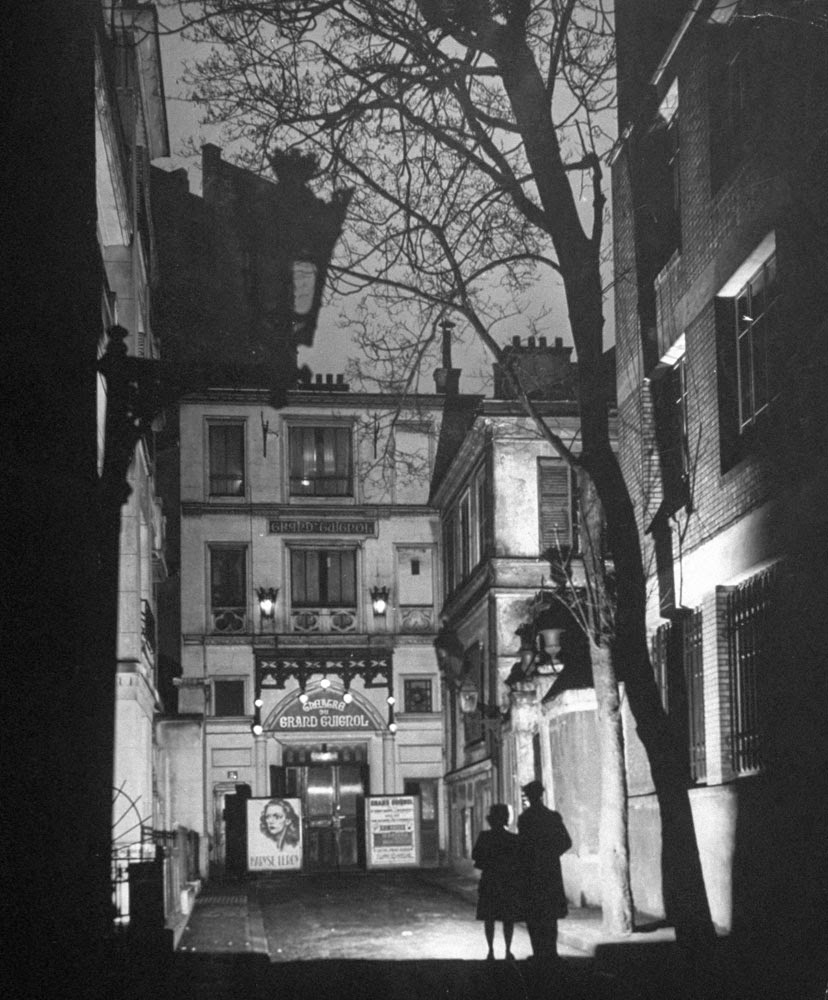
The Grand Guignol theatre has gained a degree of notoriety among fans of horror and bizarre history, despite the theatre being long defunct and the experience of the plays fading with memory decades after closure.
The theatre expressed humanity’s obsession with violence and horror – a desire to see these kinds of spectacles being a relative part of the human experience throughout all of time.
While the option to experience the theatre in its prime is lost to time, Mel Gordon’s “Theatre of Fear and Horror’ gives a breakdown of the history of the establishment and offers a collection of still’s, poster art and scripts for plays.
It should be noted that this is an expanded version of the long out of print release from 1988, offering much in the way of additional content.
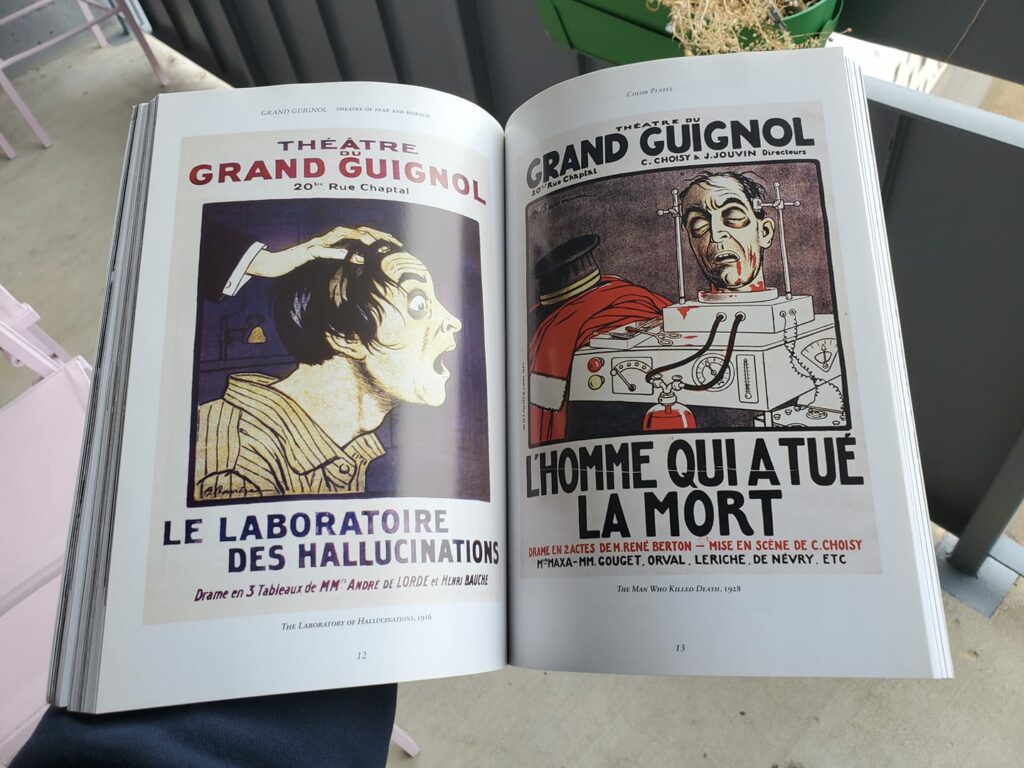
The tone of the edition stays away from celebrating the theatre in the way horror fans have given it; with a sense of pseudo-nostalgia, playing to their own desires to project a normalcy in looking for shocking content.
Instead, the book acts to both critique and understand the existence of a theatre that was “passionately devoted to the purgation of fear and pity”.
Consequently, the reader is offered an examination of the theatre, shifts in audience from aristocratic praise to abomination – entertainment for the dregs of society. These shifts also lead to examination of the need for content to get more graphic and controversial to feed demand and keep audiences interested.
Given the theatre was running for over 50 years, all these shifts make for a complex history with a theatre focused on constantly shifting to keep audiences engaged and shocked enough to return.
It is a long and complex history, but one that is explored without bias for the love of horror or alternative culture, offering a level headed take on the highs and lows of the theatre.
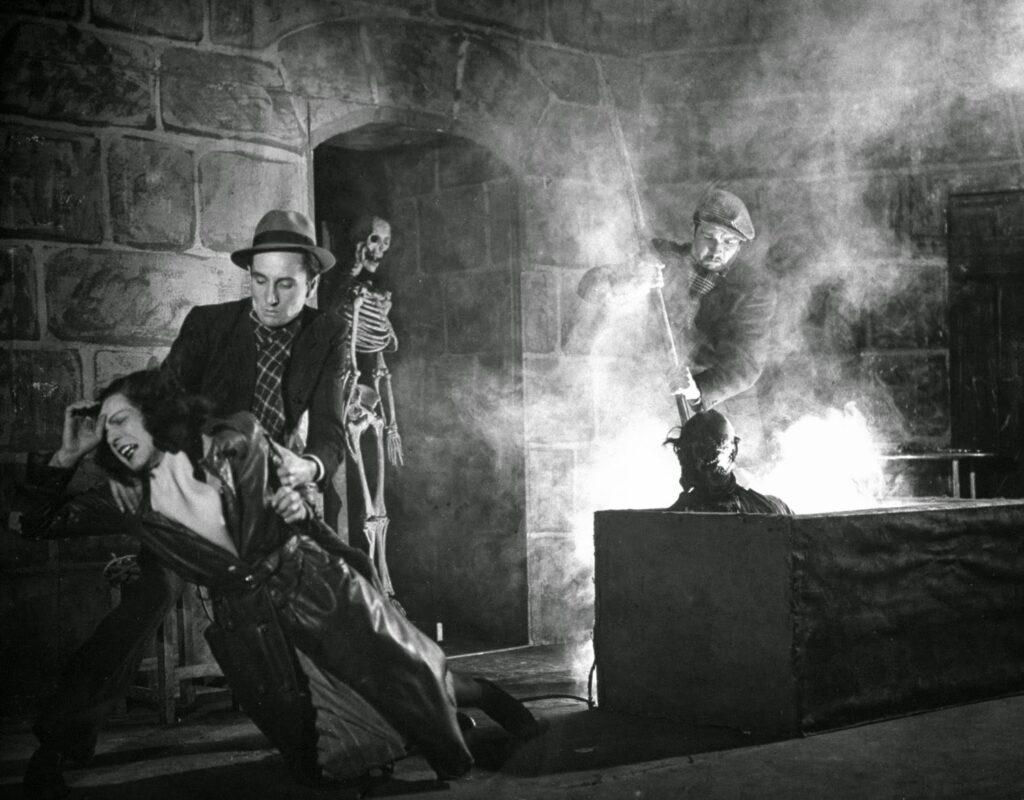
This edition also takes time to explore the key figures within establishing the Grand Guignol. Starting with its roots in naturalism, that would lead Oscar Metenier to establish the theatre; to introducing every voice that helped to further define the two variants of plays performed: ‘Plays of Popular Manners’, which worked as morality plays and ‘Newspaper Items’, which recreated real crimes to appease audience curiosity.
This look at the various men and women who would come to define audience expectations takes up most of the first half of the release. Complimenting each figure with a gallery of photos, stills or drawings, which works well to convey the public interest with the performers.
The second half of the release, wonderfully divided by glossy full colour pictures of macabre posters, focuses on the actual content of the plays. This is first presented as synopsis of each play, categorized by the content, including such glorious sub-genres as ‘Bourgeois Morality’, ‘Sex Farce’ and ‘Injustice’.
Again, each page features poster art and stills from the plays offering up a dark eclectic mix of grotesque and macabre imagery.
After a breakdown of synopsis, we get a brief glimpse of some of the media coverage of the time, offering an insight into the mentality of the press towards the ghastly spectacle of the Grand Guignol. Followed by several scripts for plays that were performed.
The latter offers the most intrigue, in coming closest to capturing the spirit of the plays and how they were performed before an audience – versus accounts from audience or press. This includes the play “Orgy in the LIghthouse” which includes stills showing a demented lighthouse worker burn a woman to death.
The plays are short, but the content is certainly graphic and upsetting even by today’s standards. These glimpses into the content that would have been shown to audiences also give more validity to previous reflections of fainting and ill audience members, as the content would likely still have a similar effect on those more ‘innocent’ – for lack of better word.
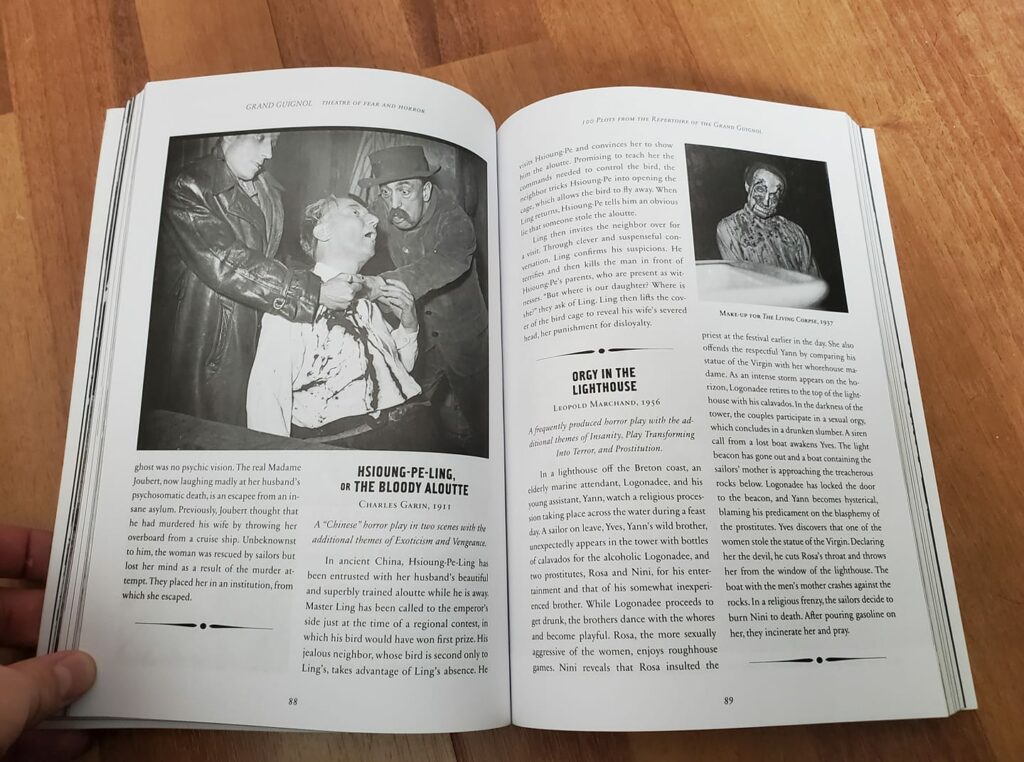
As a long time horror fan, there is certainly a lot to romanticize about the Grand Guignol, and the desire to be shocked is certainly not just limited to the extreme content that has become readily available online.
The means in which we access horror, and that endorphin rush that can come with fear, has certainly changed but the interest in extreme subject matter has always been prevalent and pushed to uncomfortable extremes.
It is hard to imagine that within the redesign of the 1988 release that this appeal would not have been considered in part as the images within the book greatly appealed to my interest in the decadent and macabre that defined the theatre’s aesthetic.
However the honest approach towards trying to frame the history of the Grand Guignol, both good and bad, takes a scholarly approach which is the ideal way to adequately approach something sensational.
‘The Theatre of Horror and Fear’ did appeal to my morbid curiosity but kept it in check to best understand the historical significance and shortcomings of the theatre. Undeniably, Mel Gordon knows how to best present the theatre in an informative fashion from the viewpoint of a historian.
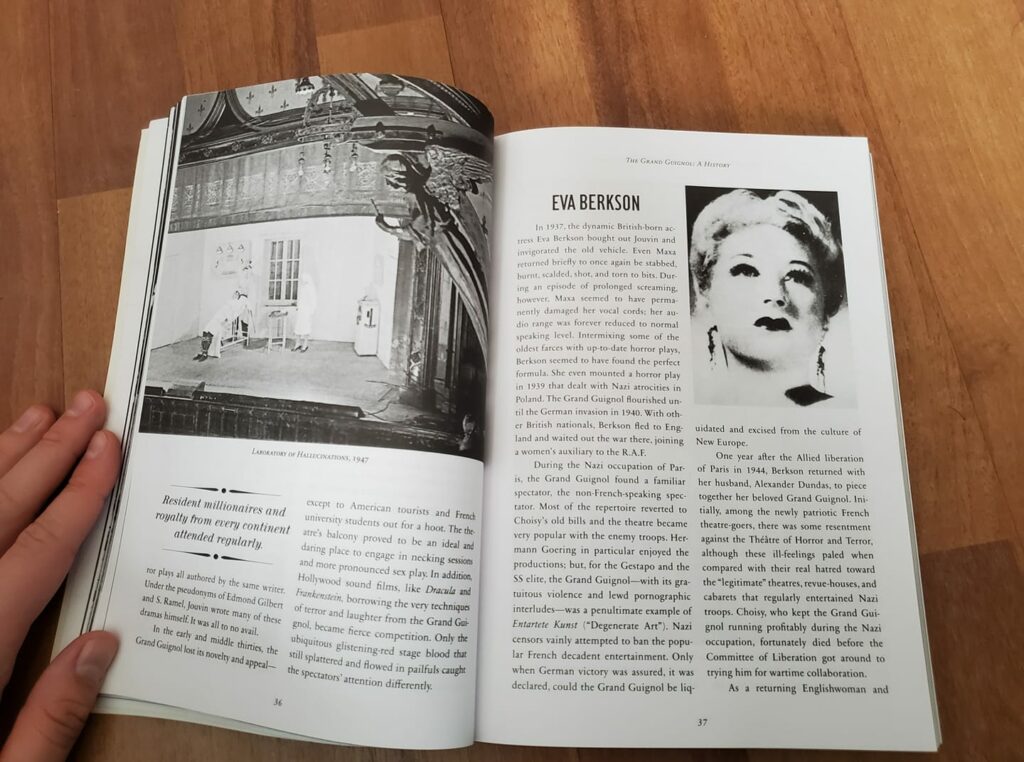
For those unfamiliar with Feral House, the publishing company never skimps on visual presentation, and almost anything from their catalogue makes for an ideal coffee table book. Even long after you are done reading any of their releases, the option to come back and casually take in the work and care given to any edition gives their work a longevity that few publishers thrive to capture.
The colour pages in this release are glorious and not a single page in the whole book is presented as a wall of text.
Bound to appeal to fans of horror, counter culture and book collectors ‘Theatre of Fear and Horror: The Grisly Spectacle of the Grand Guignol of Paris 1897-1962’ is the definitive release on the famed French theatre.
Reflecting many of the modern day desires to seek escapism in more extreme and controversial works of art, the theatre may no longer exist but the spirit of the Grand Guignol is still very much alive in the work of modern horror creators and fans.
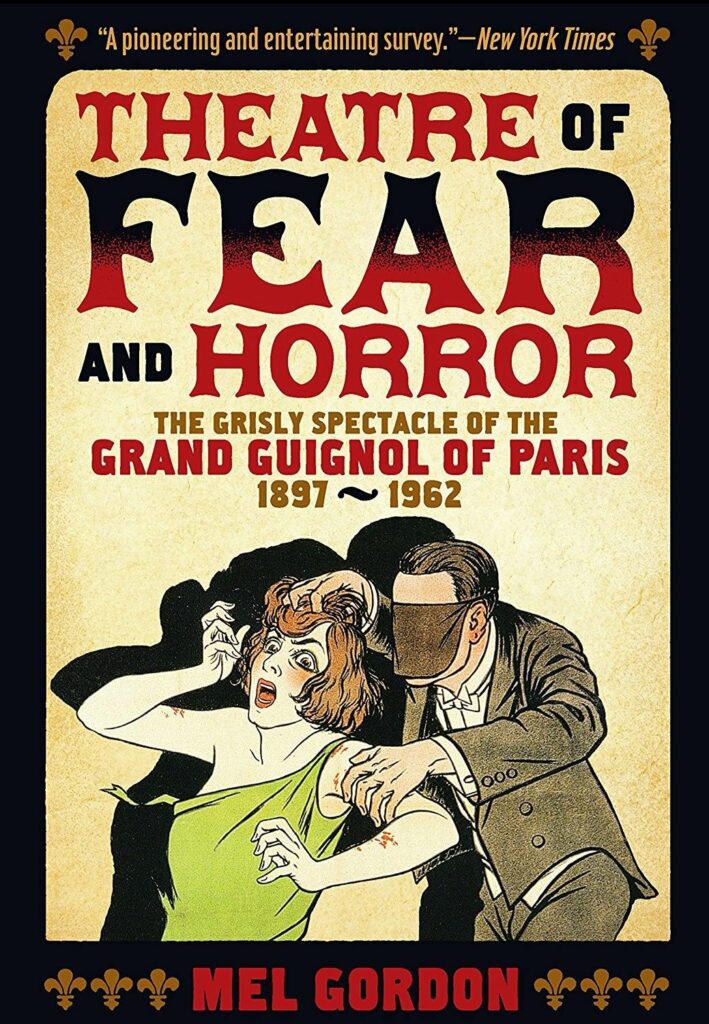
Links
- Mel Gordon – 2018 New York Times Obituary
- Feral House – Website
- Grand Guignol – Wikipedia Entry
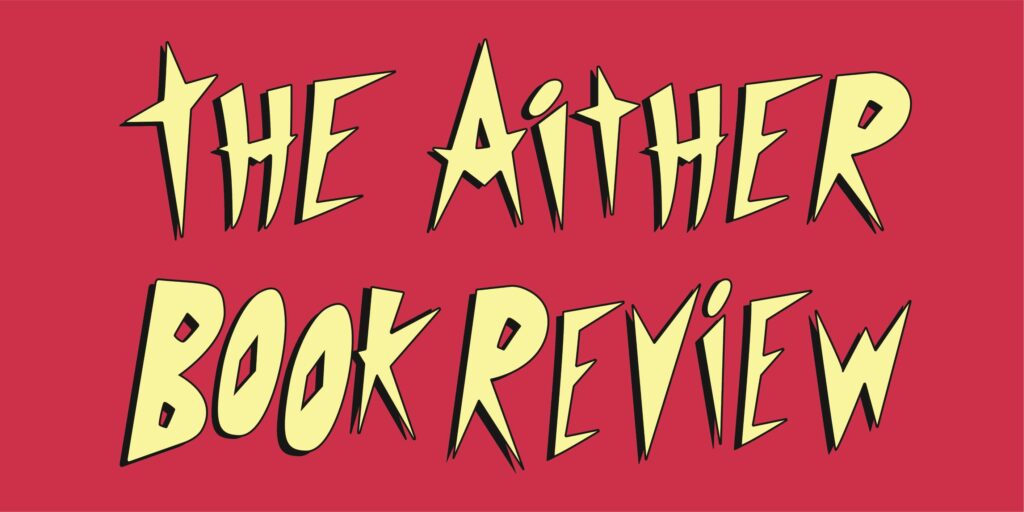
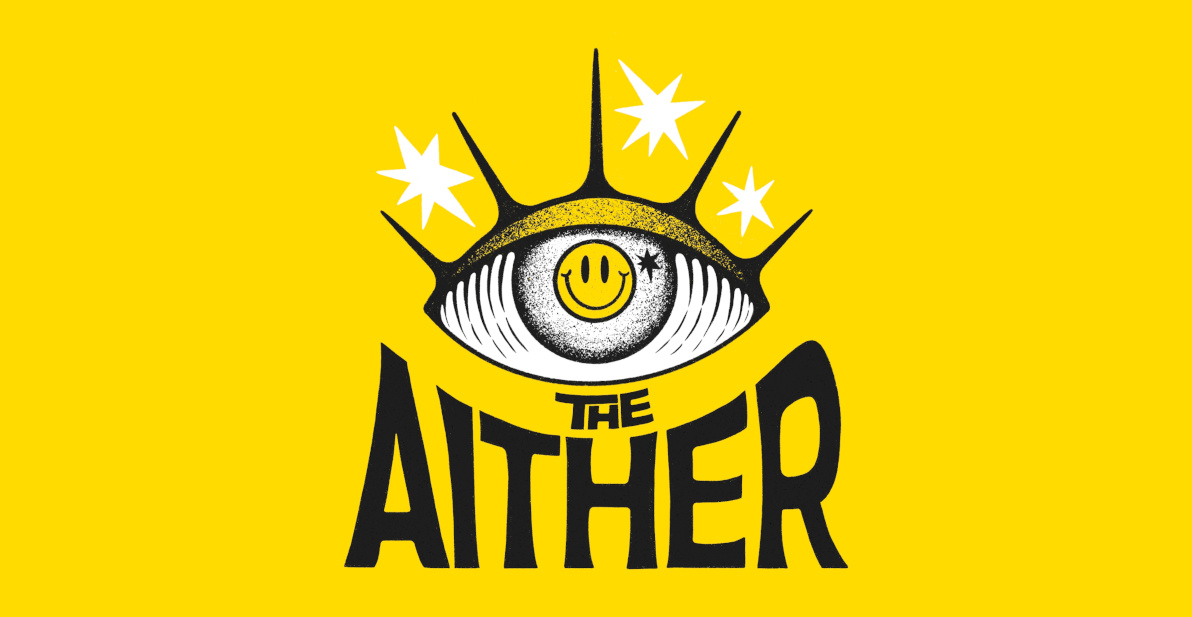
![Book Review – ‘Theatre of Fear and Horror: The Grisly Spectacle of the Grand Guignol of Paris 1897-1962’ by Mel Gordon [Feral House Press, 2016]](https://theaither.com/wp-content/uploads/2020/11/125527984_10164366712105246_6906034058997376856_o-Re-Sized-jpg.webp)
![Comic Book Review – ‘Her Frankenstein’ by Kawashima Norikazu, English Translation by Ryan Holberg [Smudge, 2024]](https://theaither.com/wp-content/uploads/2024/07/Header-Photo-crpd-sml-221x264.jpg)
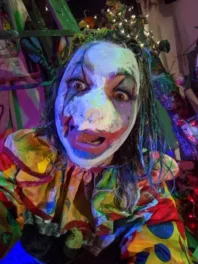
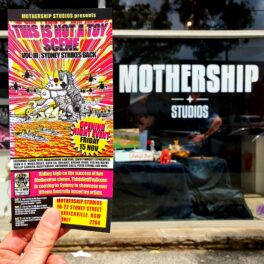
![Game Review – ‘Analwizards’, a Comic Book Game by David & William Genchi [Hollow Press, 2022]](https://theaither.com/wp-content/uploads/2023/01/analwizards_featured-203x264.webp)